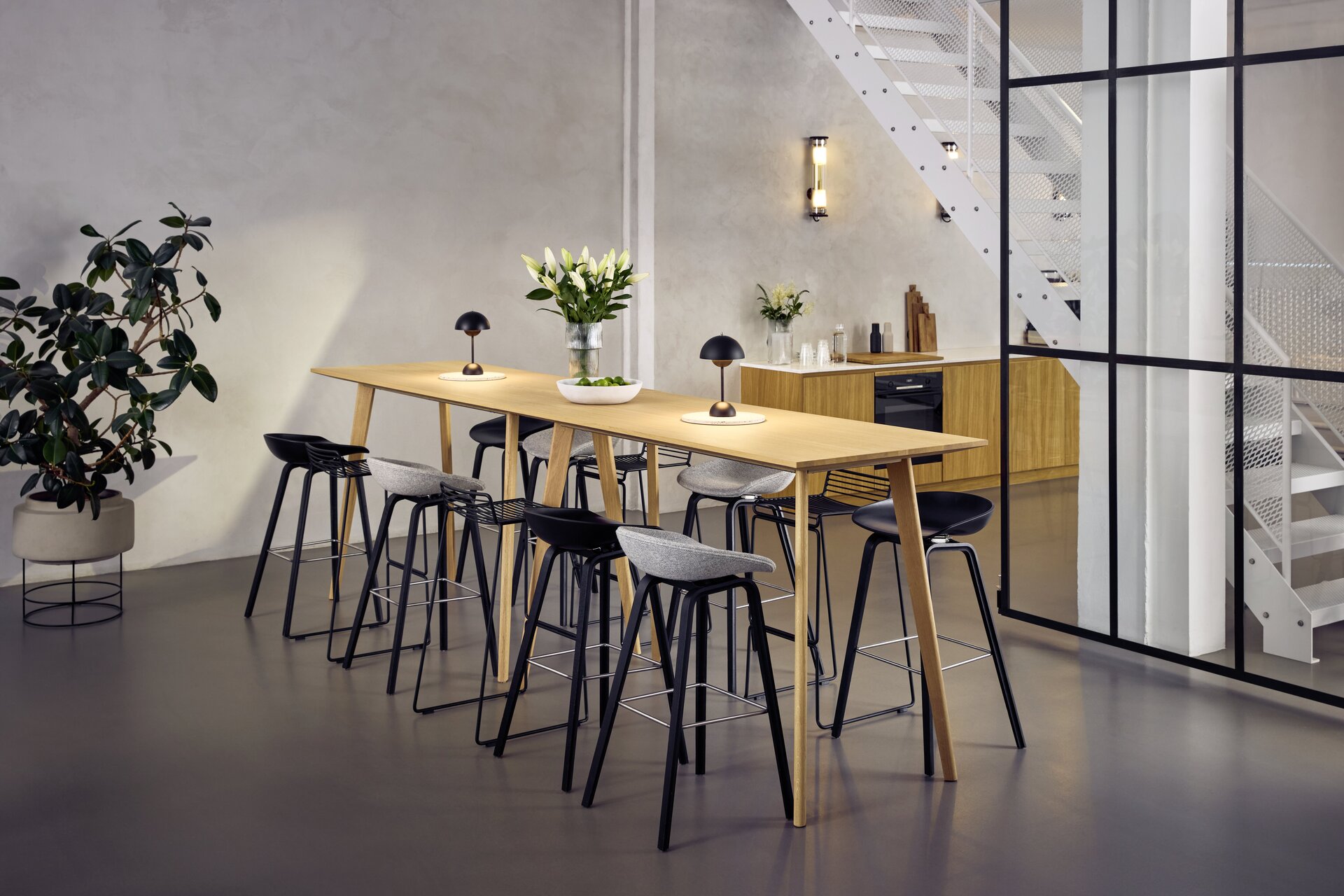CapEx versus OpEx: the smart choice for sustainable office equipment
Are you planning a new office fit-out or modernizing your existing workspace? Then you are probably faced with the decision of whether to spend capital (CapEx) or operating costs (OpEx). In our blog post, we would like to explain the differences and advantages of both models and show why sustainable rental models are the way forward.
Capital expenditure (CapEx)
CapEx refers to long-term investments in property, plant and equipment. This includes the purchase of office furniture or technical equipment that will be used over several years. These investments are capitalized in the balance sheet and depreciated over their useful life. Although this can bring tax advantages through depreciation, it requires a high initial investment and ties up capital that could be used more efficiently elsewhere in the company.
Operating costs (OpEx)
OpEx, on the other hand, refers to the ongoing operating costs for day-to-day business operations. Rental models for office furniture fall into this category. Instead of a high initial investment, a monthly or annual rent is paid. This allows more flexibility, as the costs are spread over the useful life and no large amounts of capital need to be tied up. You can also react more quickly to changing requirements, for example by adapting or upgrading the rented equipment.
Use our cost calculator to work out how much you can save with a sustainable rental model compared to a classic, straight-line purchase.
In particular, the consideration of the total costs over the entire product life cycle, including the tax advantages of the rental expenses, the utilization at the end of the useful life and the depreciation of purchased objects, clearly shows the advantages of OpEx models.



































